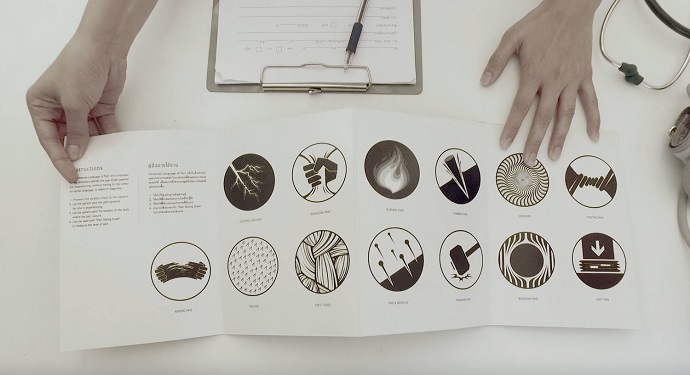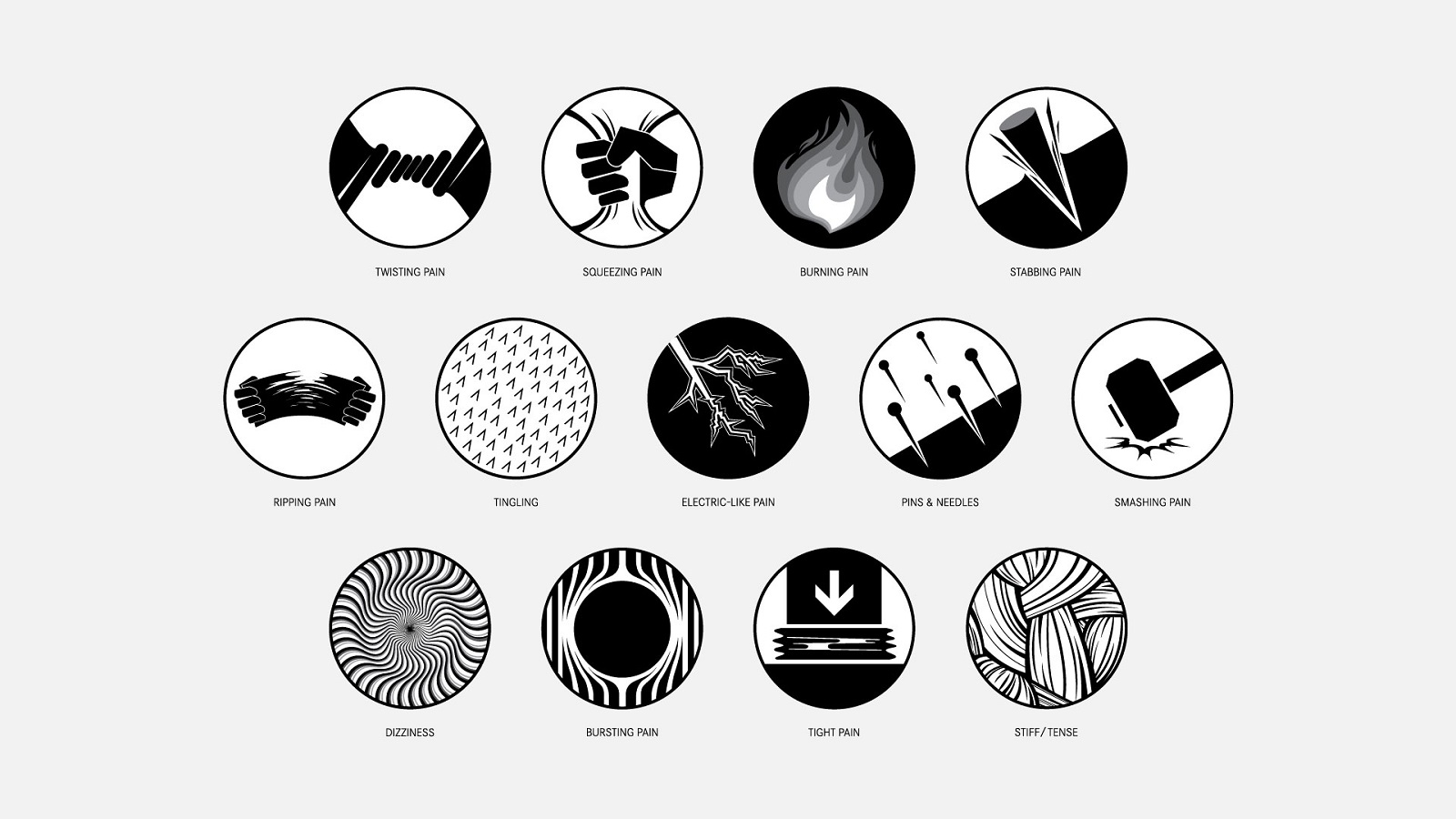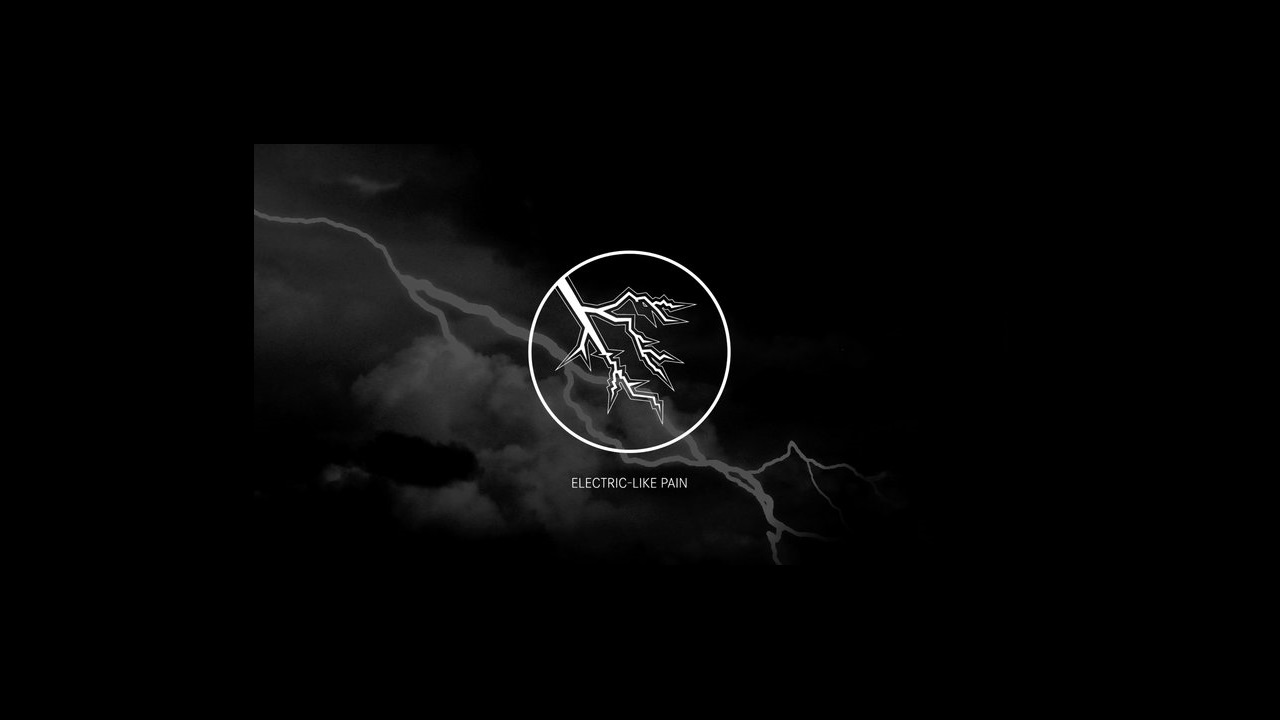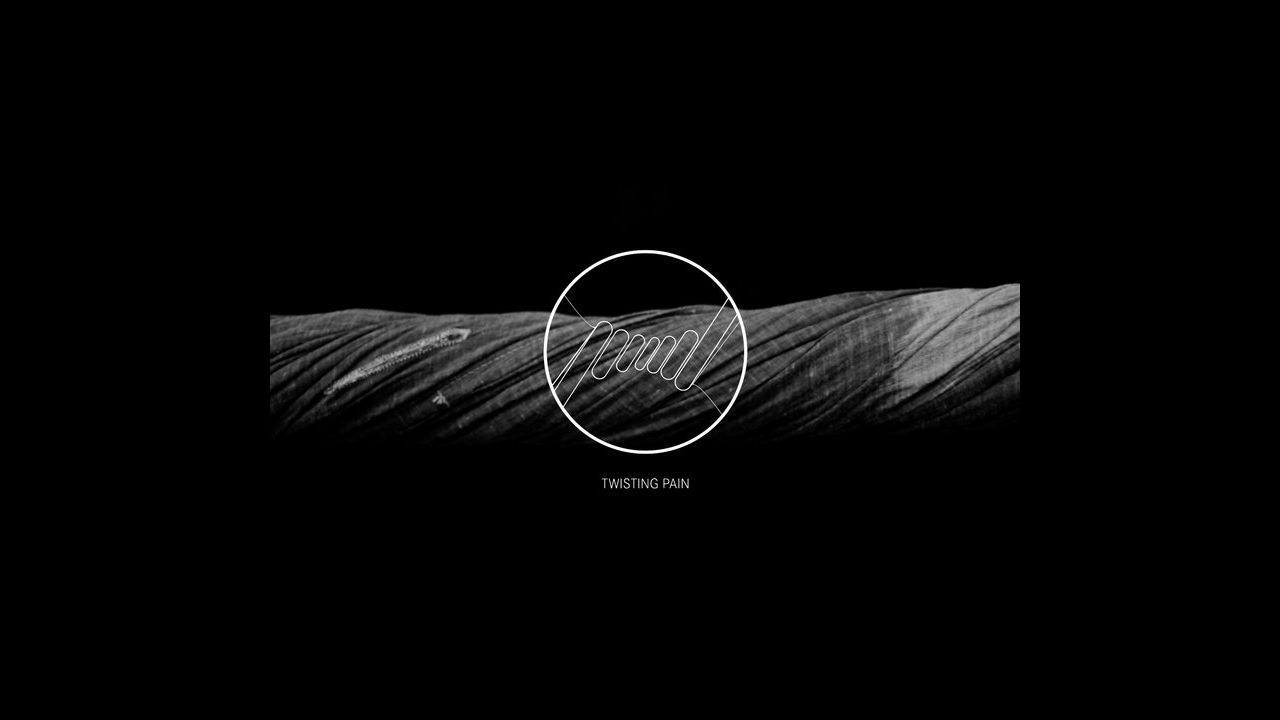Although we speak different languages, our minds think alike. But the 7,000+ languages currently spoken in the world don’t do us any favors when we want to express ourselves in a foreign country. The multitude of languages around the globe brings up a barrier in many industries, even in healthcare, where doctors can find it difficult to diagnose a patient due to miscommunication. In Thailand alone, there are over 70 languages in use, which makes it difficult for the doctors to understand what’s wrong with patients living in remote areas.
Since 1977, Mercedes-Benz’ Sprinter vehicle has gained itself the title of “the world’s leading medical car,” which, thanks to its durability and functionalities, succeeded in providing medical access in the most remote areas. Now, the brand’s plan is to help doctors and patients overcome the linguistic barrier. So, Mercedes came up with its own language system.

Now you’re wondering: if there are so many languages out there, did the residents really need another one? Wouldn’t it make them more confused than they already are? Actually, it wouldn’t. The company’s language is based on symbols that were specially designed to prevent other medical mishaps from happening.
To implement its new communication system, Mercedes Thailand closely worked with Thai Health Foundation and BBDO Bangkok and launched “The Universal Language of Pain”. This visual medical guide is indeed intended to help healthcare practitioners understand their patients without the need for using words.
The new medical flyer contains 13 symbols, each drawn in such manner as to be understood unanimously. To contour them, the car manufacturer worked together with pain specialists from Thai Health Foundation and Siriraj Hospital, as well as a number of volunteers. “Each pain symbol is designed based on instinctive shapes and forms, developed with pain management specialists,” says the team behind the project.
Each illustration depicts a type of pain which is defined by a representative symbol. For example, a stomach pain can be explained using either the fire image—which could mean acid reflux—or using the twisted rope picture, which may indicate an intestinal obstruction.
Although no one can deny its huge potential, the companies note that a doctor should not rely entirely on this system when diagnosing a patient. The Pain Language just comes as a trustworthy assistant which can help the doctor figure out what to do next. For other symptoms, the medical practitioner should do further investigations and lab tests. Also, keep in mind that the symbol system is suitable for non-emergency cases only.
Nonetheless, the newly-implemented language can be adopted as a perfect communication tool for those who love to travel. And the best is yet to come: the system can be very helpful for the people who have trouble using their voices. Check out the video below and discover how the Universal Language of Pain works.
Credits:
Project: The Universal Language of Pain
Mercedes-Benz, Thai Health Foundation
Agency: BBDO Bangkok



